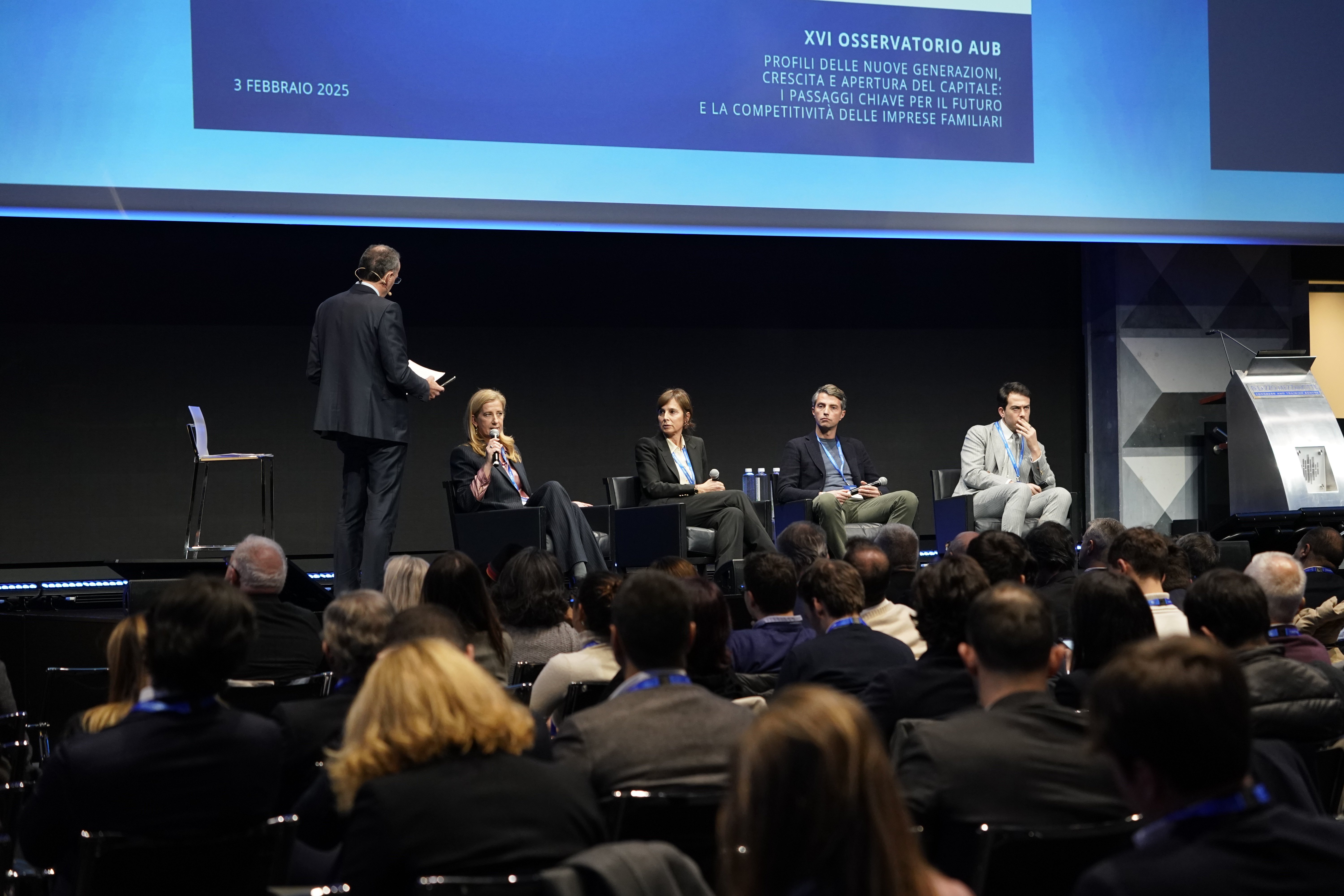XIII EDITION OF THE OBSERVATORY
The AUB Observatory (AIDAF, UniCredit, Bocconi), also supported by the Italian Stock Exchange, the Milan Chamber of Commerce, Monza-Brianza Lodi, Cordusio and the Angelini Foundation, this year not only presents the analysis of all Italian family businesses with turnover above 20 million euros (17,978 companies, to be exact, of which 11,803 family-controlled, equal to 65.7%), but in the results of the 13th edition, presented on 25 January 2022 at Bocconi University wanted:
- to present the evolution of the economic and financial situation of Italian family businesses in 2020 and in the first half of 2021;
- to investigate the changes that have taken place in the governance structures and strategic choices;
- to present for the first time a comparison on the level of internationalization of the first 1,000 Italian, German, French and Spanish family groups.
In this survey, the AUB Observatory highlights how in 2020 family firms suffered a drop in turnover similar to that of non-family firms, while in 2009 they suffered to a much greater extent. Faced with a decline in turnover similar to that of non-family members in 2020, the recovery in 2021 was stronger, with growth rates almost double. At the base of the performance, the renewed capital solidity.
"In 2020, family firms suffered a drop in turnover similar to that of non-family firms, while in 2009 they suffered to a much greater extent", says Guido Corbetta, Chairholder of the AIDAF-EY Chair and co-author of the Observatory with Fabio Quarato. "Furthermore, in the first half of 2021, listed family firms showed a recovery in revenues equal to almost double that of non-family firms (26.6% vs. 14.1%) and a profitability of three times (Roa 5.4% vs. 1.8%)".
The Observatory indicates two reasons for the good performance of family firms. At the context level, the 2020 crisis showed a V-shaped trend, with a sharp decline in revenues followed by a sharp rebound and an equally strong growth. The family firms, however, had the merit of showing up at the appointment with a much better financial strength than ten years earlier. In 2009, family firms with critical solidity indicators were 30.9%, while in 2020 only 21.8%. Confirming this trend, in the two-year period 2020-2021 the incidence of family firms that entered liquidation or insolvency procedures was equal to 1.7%, less than half of the incidence in the two-year period 2009-2010 which was equal to approximately 4%.
Mixed signals
Mixed signals come from the analysis of the governance indicators. On the one hand, there is a growing openness to non-family leaders and board members, especially in relatively larger companies. In ten years, from 2010 to 2020, the incidence of family leaders fell by five points (from 81.7% to 76.5%) in companies between 20 and 50 million in turnover by eight points (from 75.8% to 67.6%) in those over 50 million. Similarly, board members composed only of family members fell from 50.7% to 44.8% among the smaller firms and from 38.1% to 29.8% among the larger ones.
The critical signal concerns the age of the leaders and board members. The presence of under 40s among the leaders, in 10 years, has collapsed: from 16.9% to 8.7% if you consider the youngest leader of the top teams, even from 9% to 3.3% if you consider the eldest. 73.1% of the boards of the smaller companies and 71.4% of the larger ones do not even include a people under 40, a marked deterioration from 52.9% and 54.1% in 2010. The progressive aging of family firms it is a bad sign, which becomes even worse when the country prepares to invest the money from the National Recovery and Resilience Plan, especially in new technologies.
